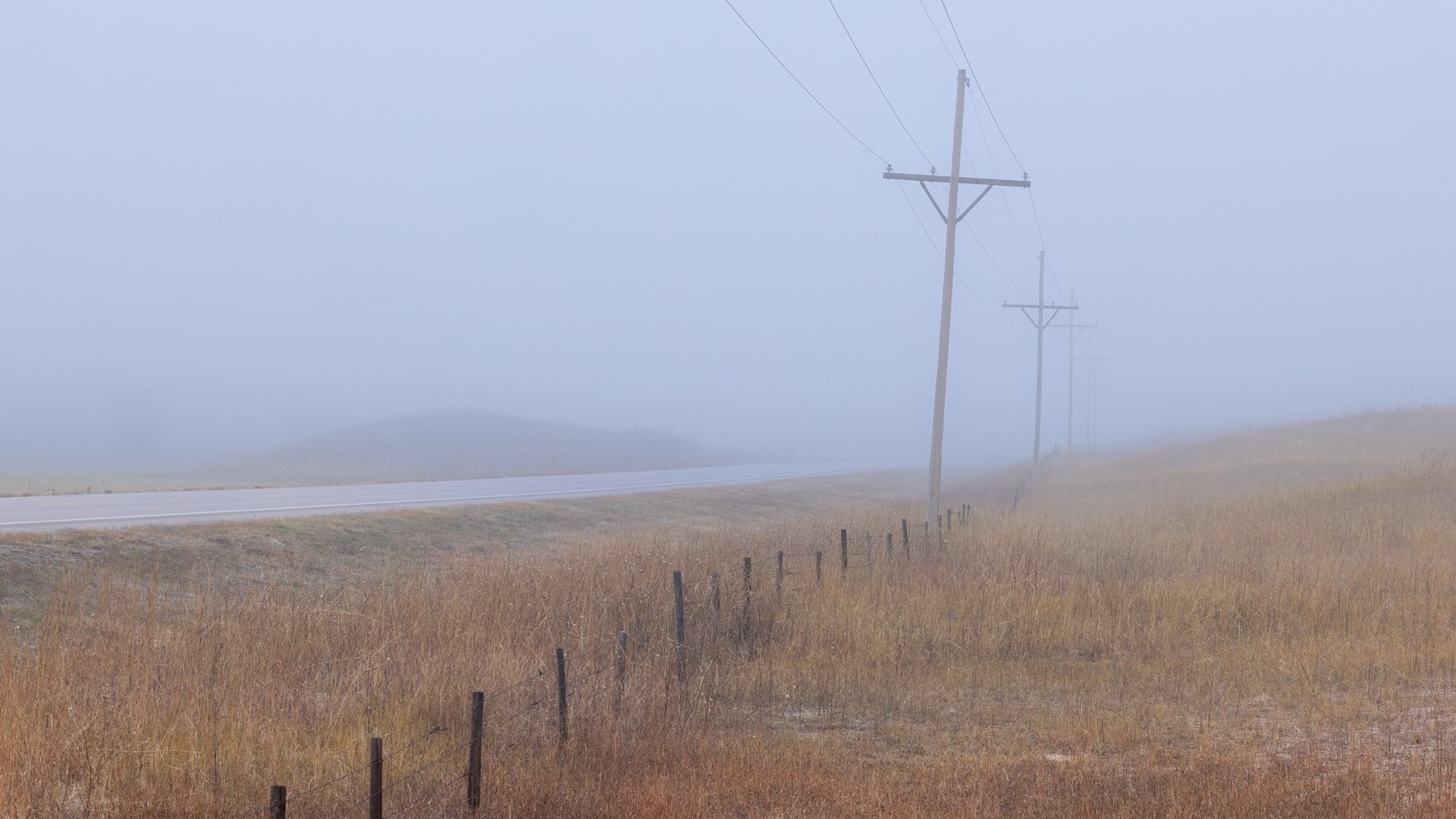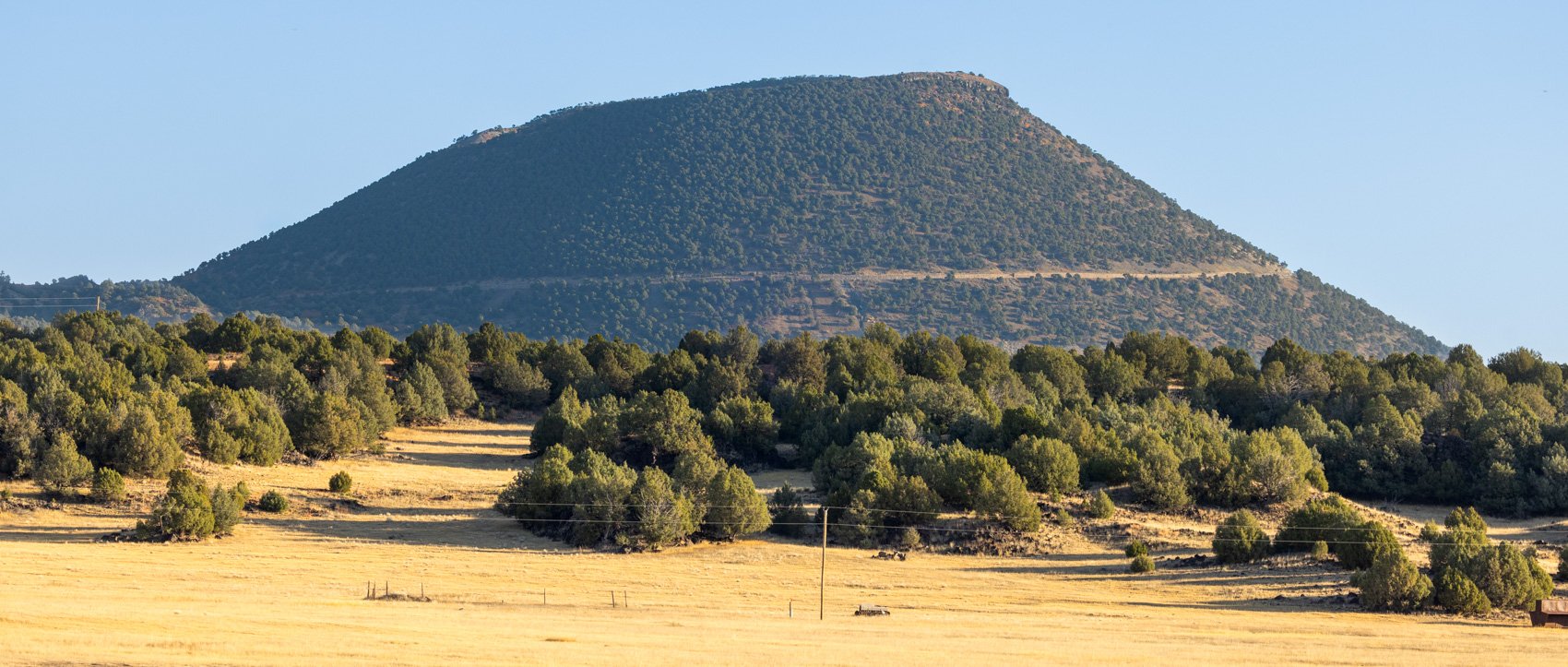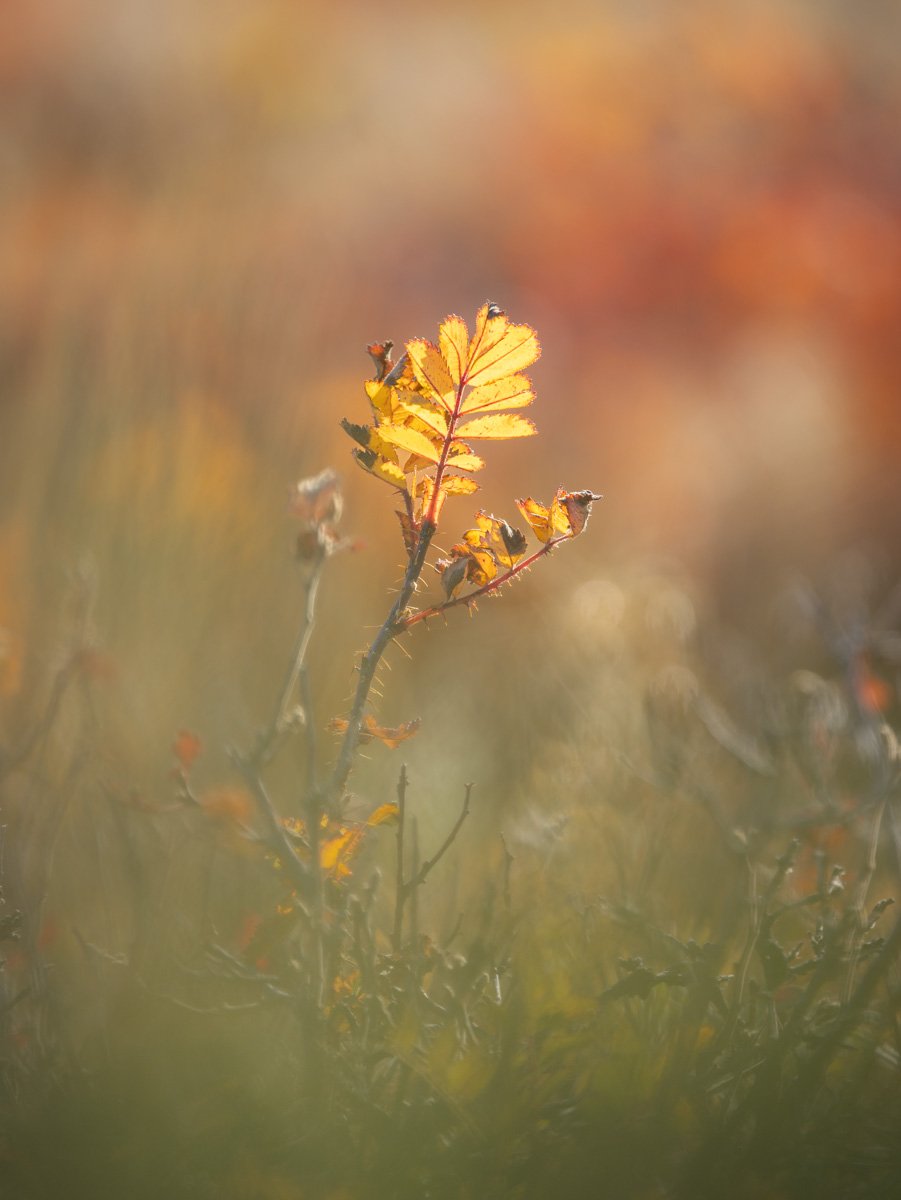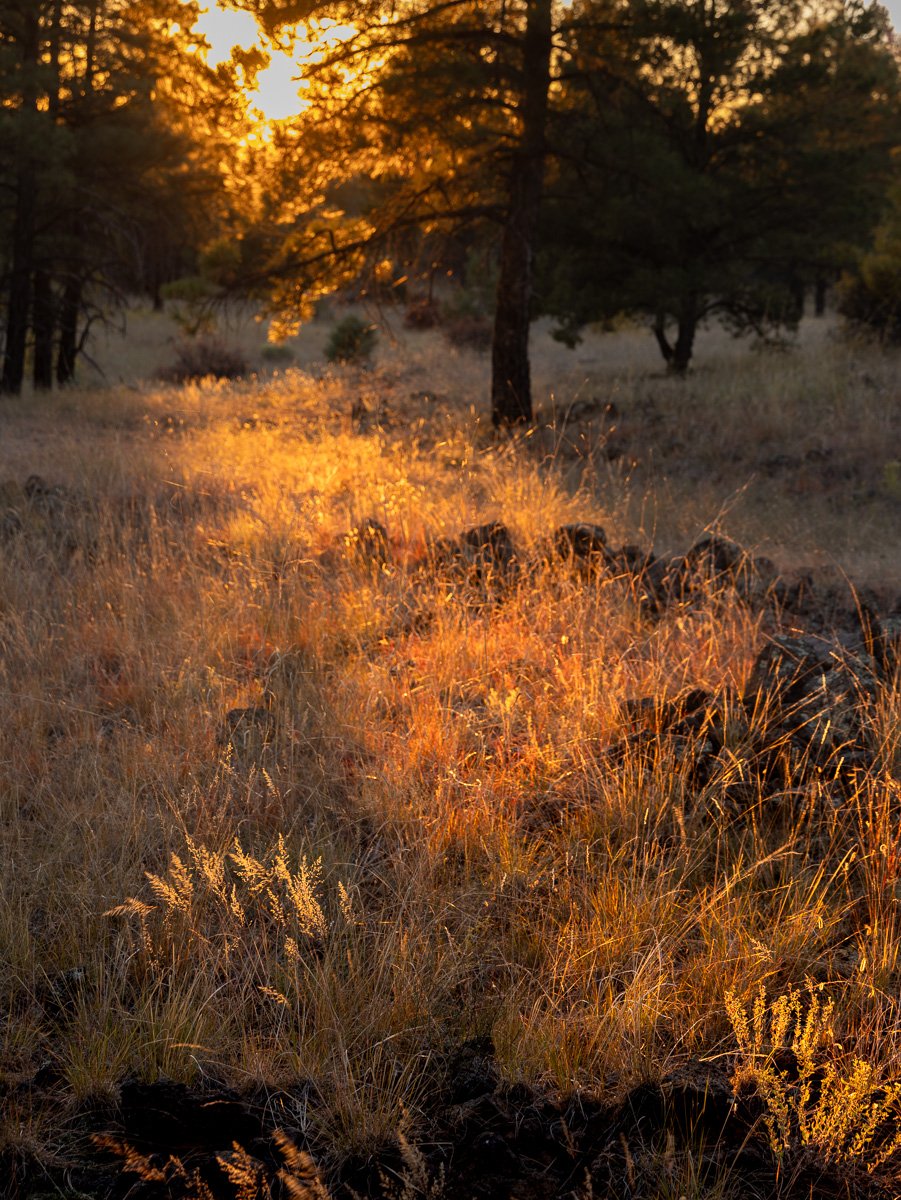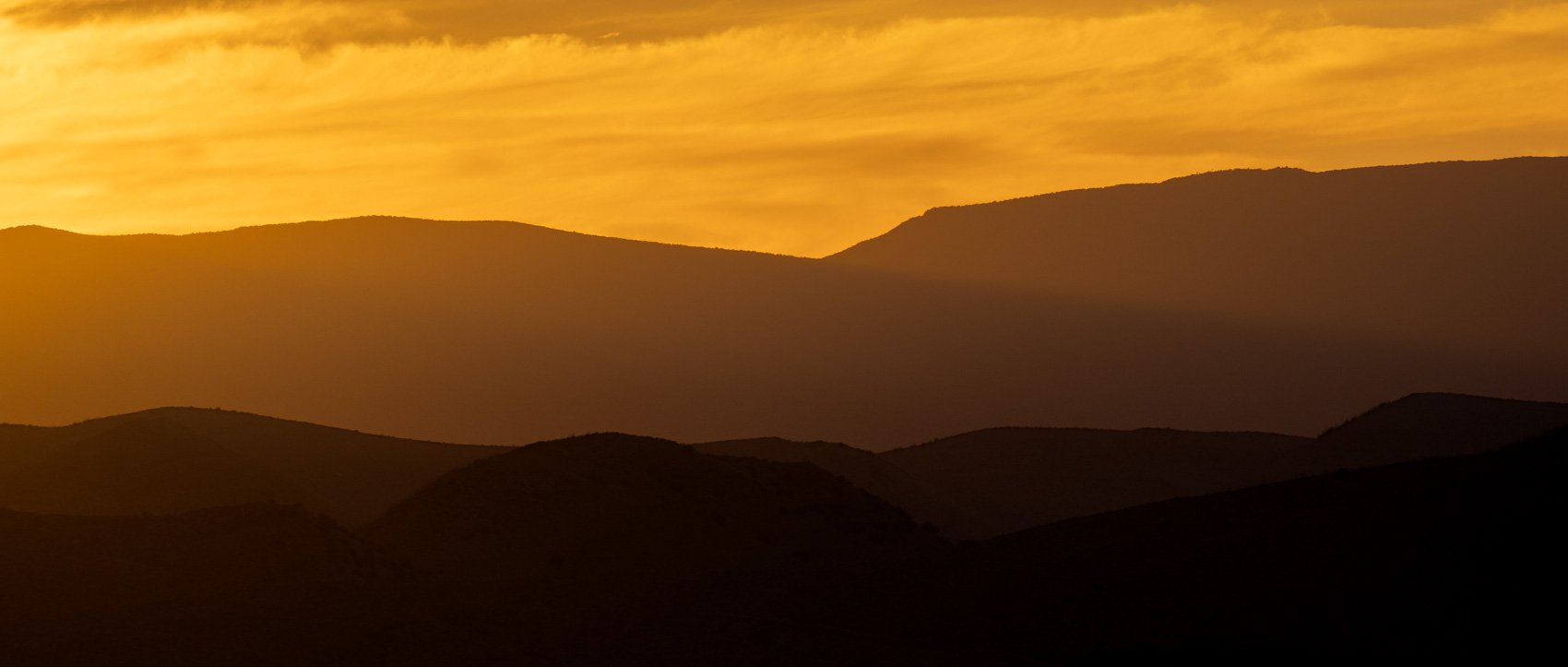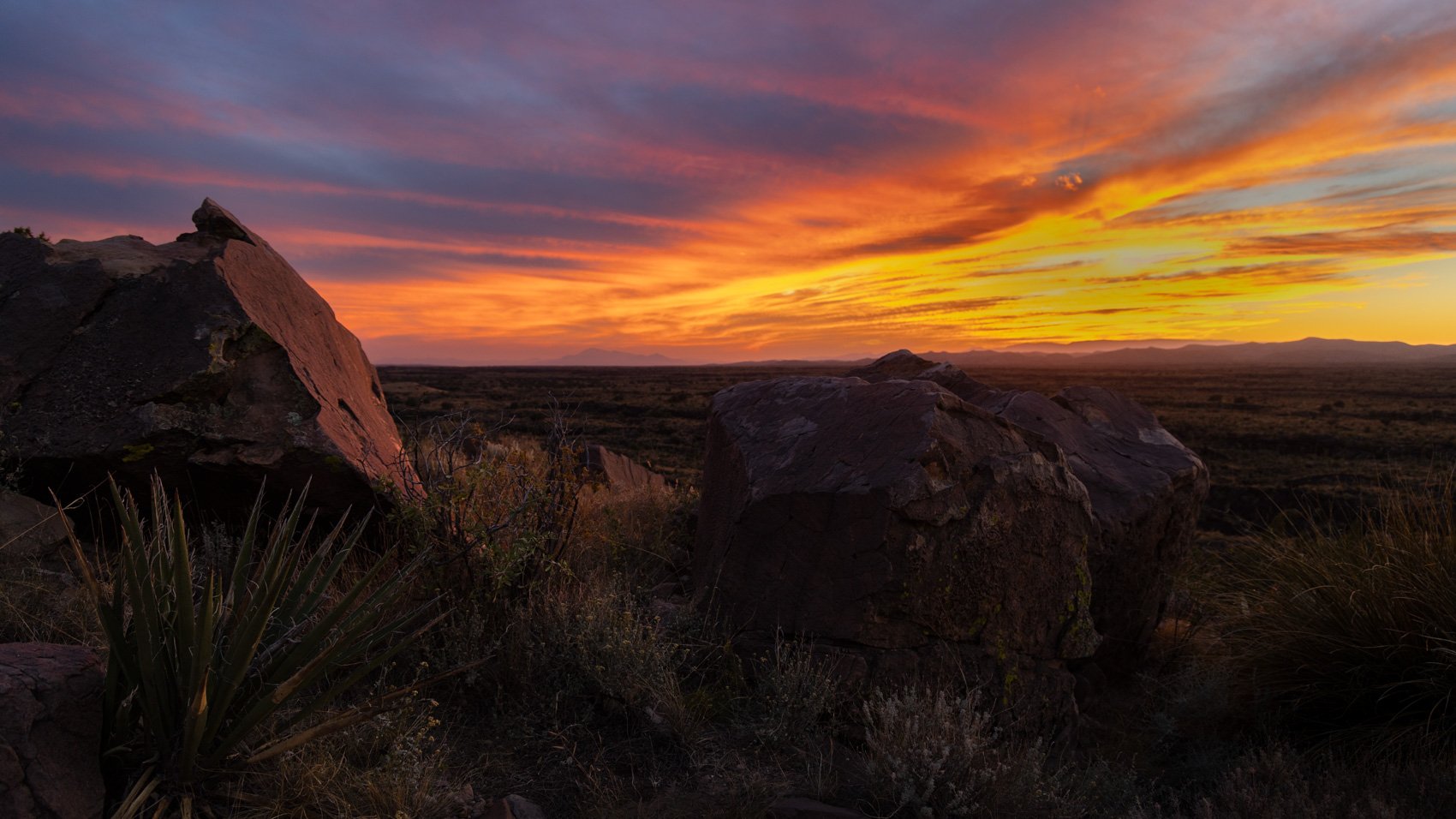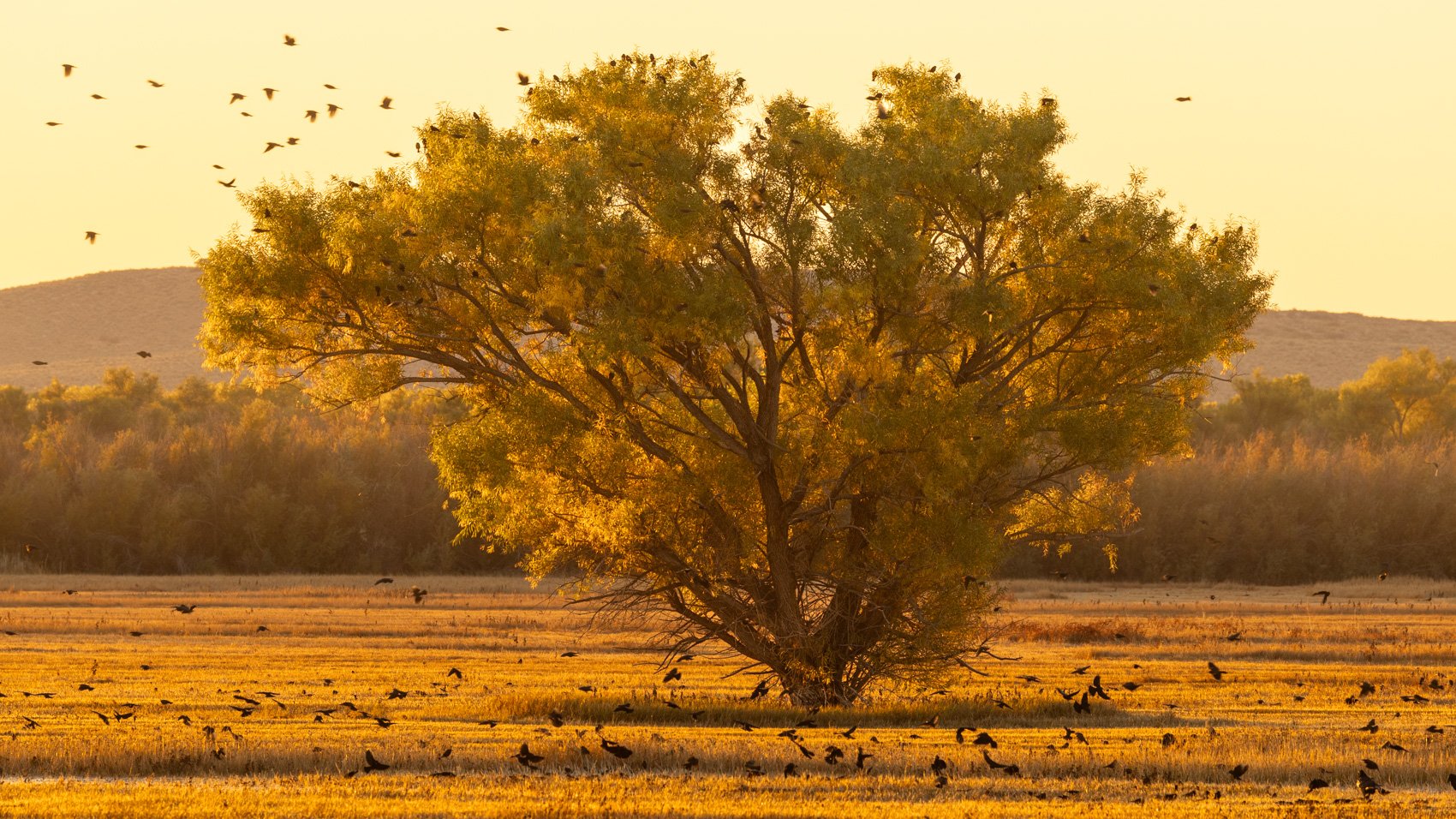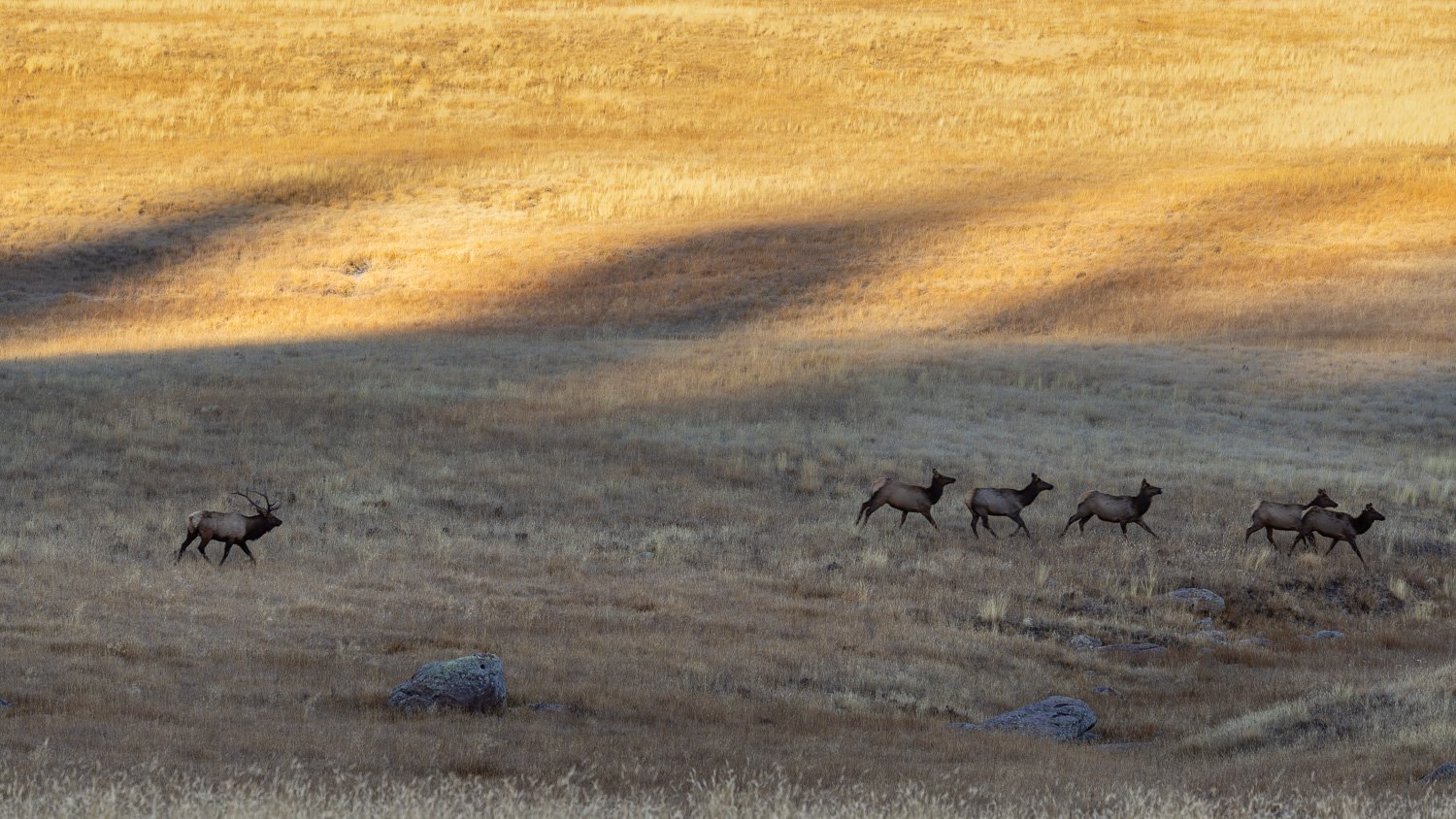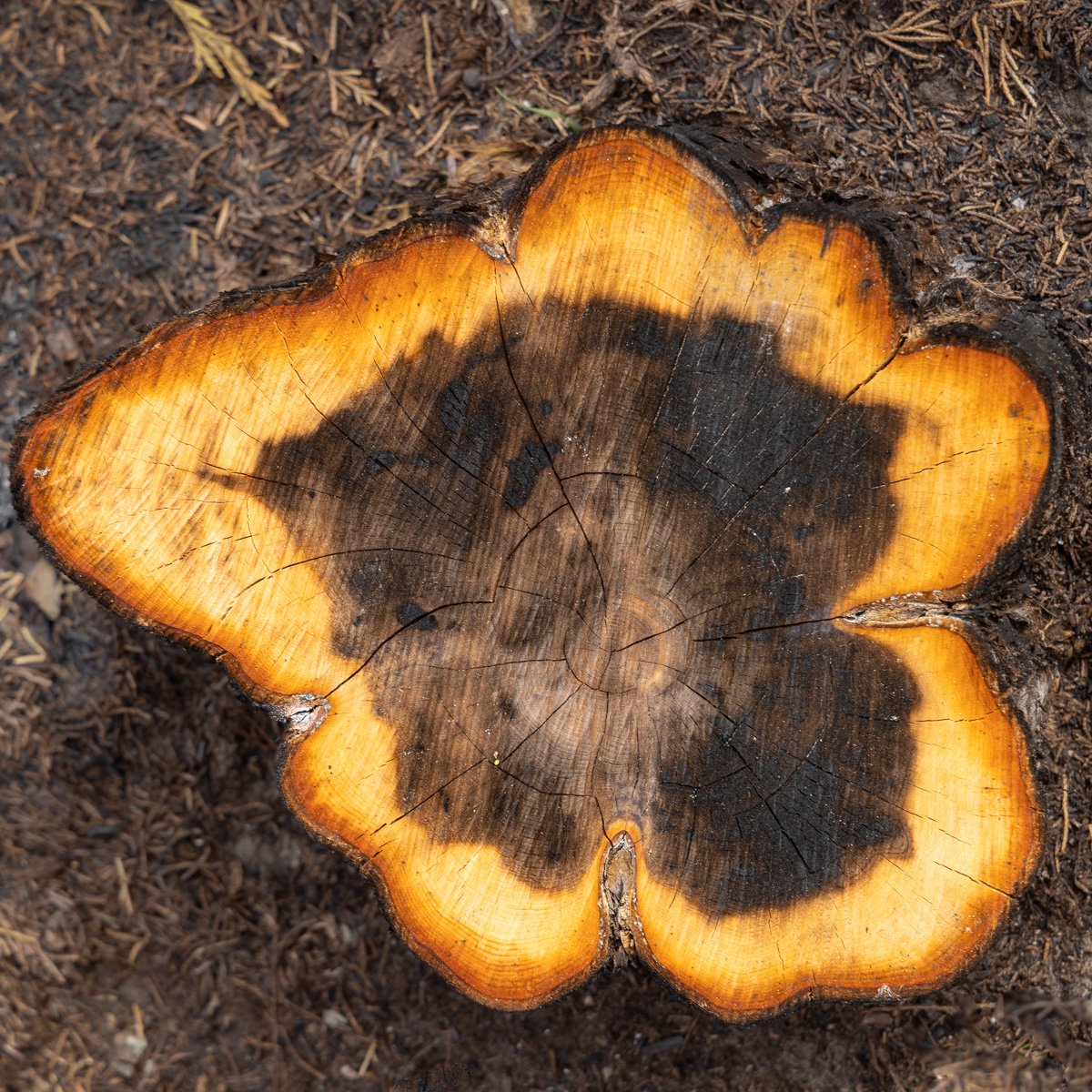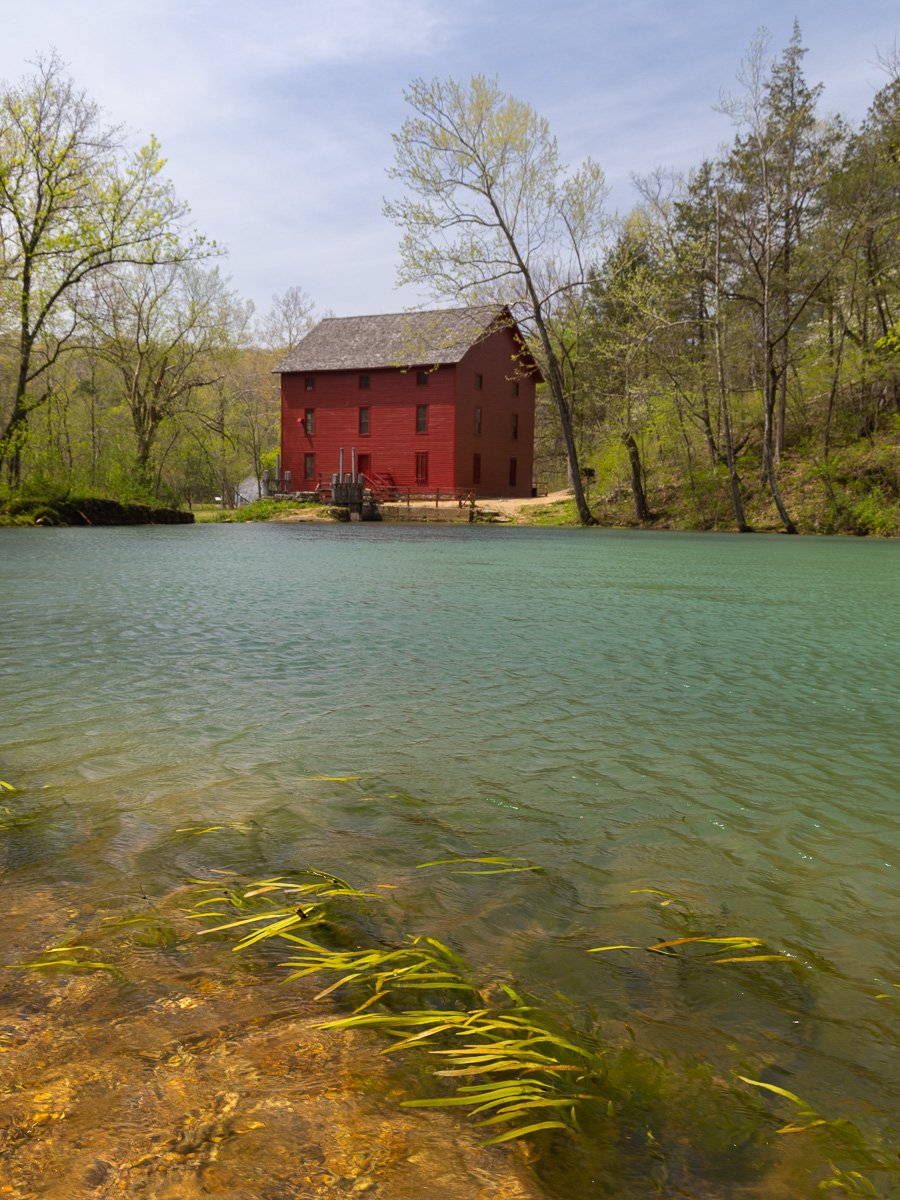We sapiens think so highly of ourselves. Yet we’ve been here for such a ridiculously short period. And something like writing is not even a blink of an eye.
February
Astronomer Carl Sagan described the history of the universe in a one (earth) year calendar. The big bang occurred at midnight January 1st, with the basic elements created in the first three seconds. It took until February for the oldest stars and galaxies to begin to form.
March
Around mid-March our Milky Way began to form.
September 9
Our solar system was starting its formation around September 9th.
So what wisdom resides within these rocks and simple elements? How might we tap into that? A hummingbird sees different light wave lengths than we do, and the speed at which the bird travels might be perceiving a different shape of the world. Might a centuries old tree sense time and the environment around it in ways beyond our imagining?
September 14
Earth began to take shape a few days later, and perhaps only ten days more, the very first simple life forms started.
These images are from Reynisdrangar beach near the village of Vik, Iceland. Vik means Viking, and they had a legend that the three-masted troll ship you see in the back ran aground here. Iceland is new land on this planet. As the European and North American continents pull apart, right here lava flows up. After millennia of erosion, these basalt formations take shape. A camera can lengthen time a bit, and let us see the sea dancing and playing with these rocks—eroding and shaping them and pushing the black sand to the shore.
December 20
Around December 20th, plants began to take root on the Earth. Four days later and for five days, dinosaurs spread in the sea and on land.
December 31, late in the day
About 10:30 p.m. the first humans appeared. At 11:59:51, the alphabet was created. Buddha and Jesus were born about 400th of a second later. Around 11:59:58 some of those Vik Vikings might’ve made their way to the North American continent.

























